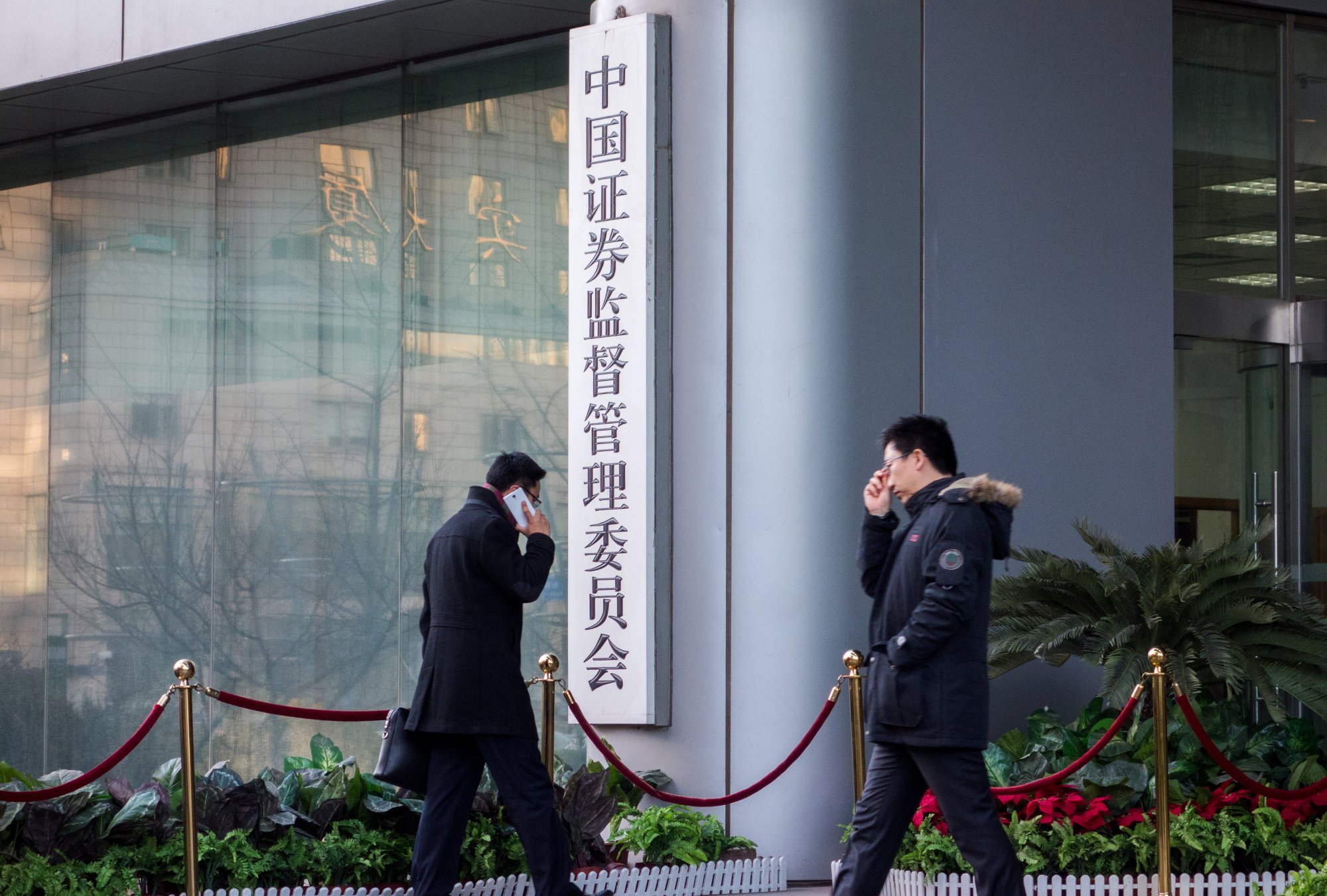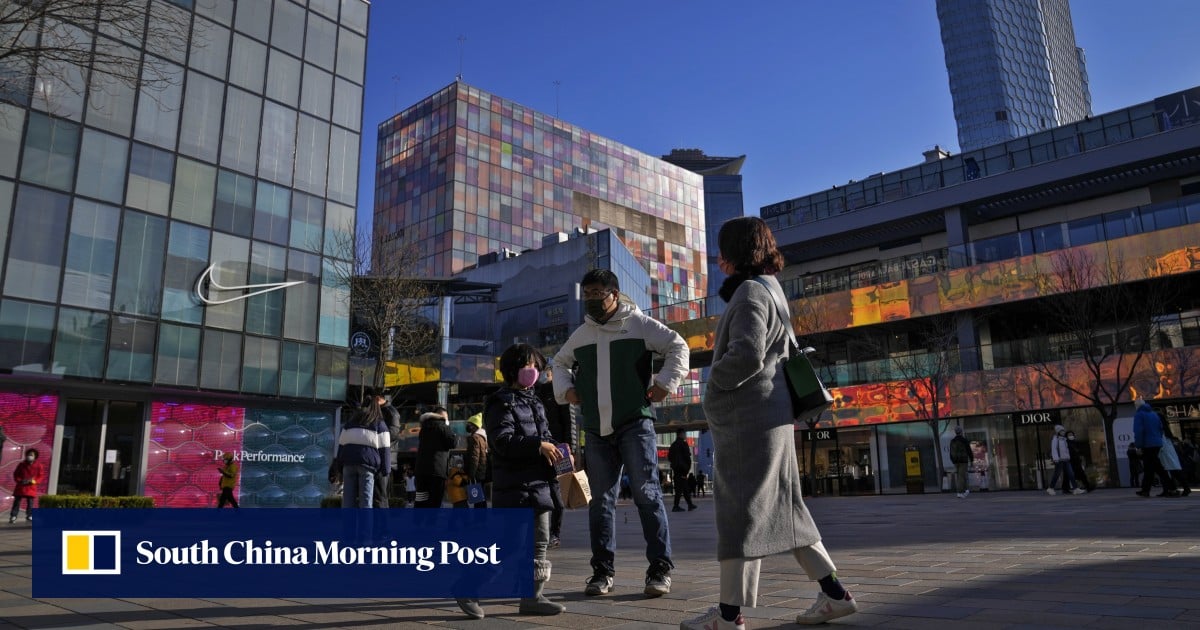China’s expanded Reit programme to ease funding for commercial property landlords, widen choices for investors
The China Securities Regulatory Commission (CSRC) updated a directive earlier this month by including “consumption-related infrastructure projects” such as shopping malls and department stores, as part of its Reit programme. China’s 87 billion yuan (US$11.9 billion) Reit market is the fourth-largest in Asia after Japan, Singapore and Hong Kong, according to Cushman & Wakefield, a real estate consultancy.
The move is to “provide investors with a wider variety of options, promote the healthy development of the public market for Reits, as well as improve the ability of capital markets to service the real economy,” the regulator said.
“The property sector is undergoing policy adjustments and the CSRC is loosening restrictions around the funding issue,” said Shen Meng, director at Beijing-based investment firm Chanson & Company. It reflects China’s effort to improve liquidity in the real estate market, rather than specifically help troubled developers ease their debt problems, he added.

China first introduced the Reit programme in April 2020, limiting the eligible assets to only large-scale infrastructure developments like toll roads, industrial estates, sewage treatment plants, and logistic warehouses. It was broadened in July 2021 to include assets or projects related to renewable energy, affordable housing, and tourism.
Link Reit’s US$2.4 billion cash call slams Hong Kong stocks on debt concerns
Link Reit’s US$2.4 billion cash call slams Hong Kong stocks on debt concerns
Reits are investment vehicles that derive a regular and stable stream of income from their underlying assets. They also pay regular dividends, typically in the form of new units, to investors.
The CSRC said eligible companies will issue Reits under the guidance of the regulator. In an earlier notice in March preceding this month’s policy tweak, the regulator stipulated that funds raised from Reits should be used to “satisfy the demand of consumers” rather than develop residential and commercial properties.
Fitch Ratings said the key purpose of this new type of infrastructure Reit is to support policy goal to boost consumption and help to improve liquidity for consumer-oriented commercial real estate operators. These newly-approved assets fall under a framework that requires at least 3.8 per cent annual net cash flow distribution rate for the next three years, it said.

“Property developers will have the option to spin off their commercial assets into Reits to boost liquidity,” said Shirley Liu, associate director of China corporate research. “The large and more established property owners with stable rental cash flows would be able to meet the yield requirement and initially launch in the market.”
In China, 28 public Reits have been created since inception with a combined market value of US11.9 billion, according to data provider Wind, with 19 listed in Shanghai and nine in Shenzhen. Sixteen of them are property rights-related, which account for 42 per cent of the total market value, while 12 are operating rights making up the remaining 58 per cent, according to a Xinhua report last month.
Brock Silvers, managing director at Hong Kong-based Kaiyuan Capital, said the impact of China’s expanded Reits could be limited. Retail consumption may not be a naturally large or robust segment, while China is still likely to see new sports facility projects or development of public spaces that could boost retail sectors.
“This type of government-driven infrastructure, however, has a poor financial track record,” Silvers added. “The new [expanded] scheme itself may need further development before it can really gain traction.”


